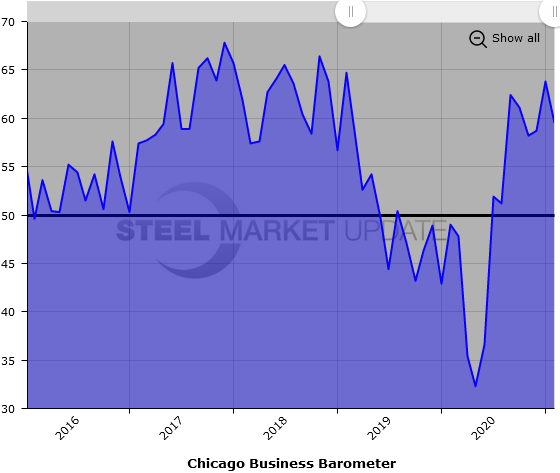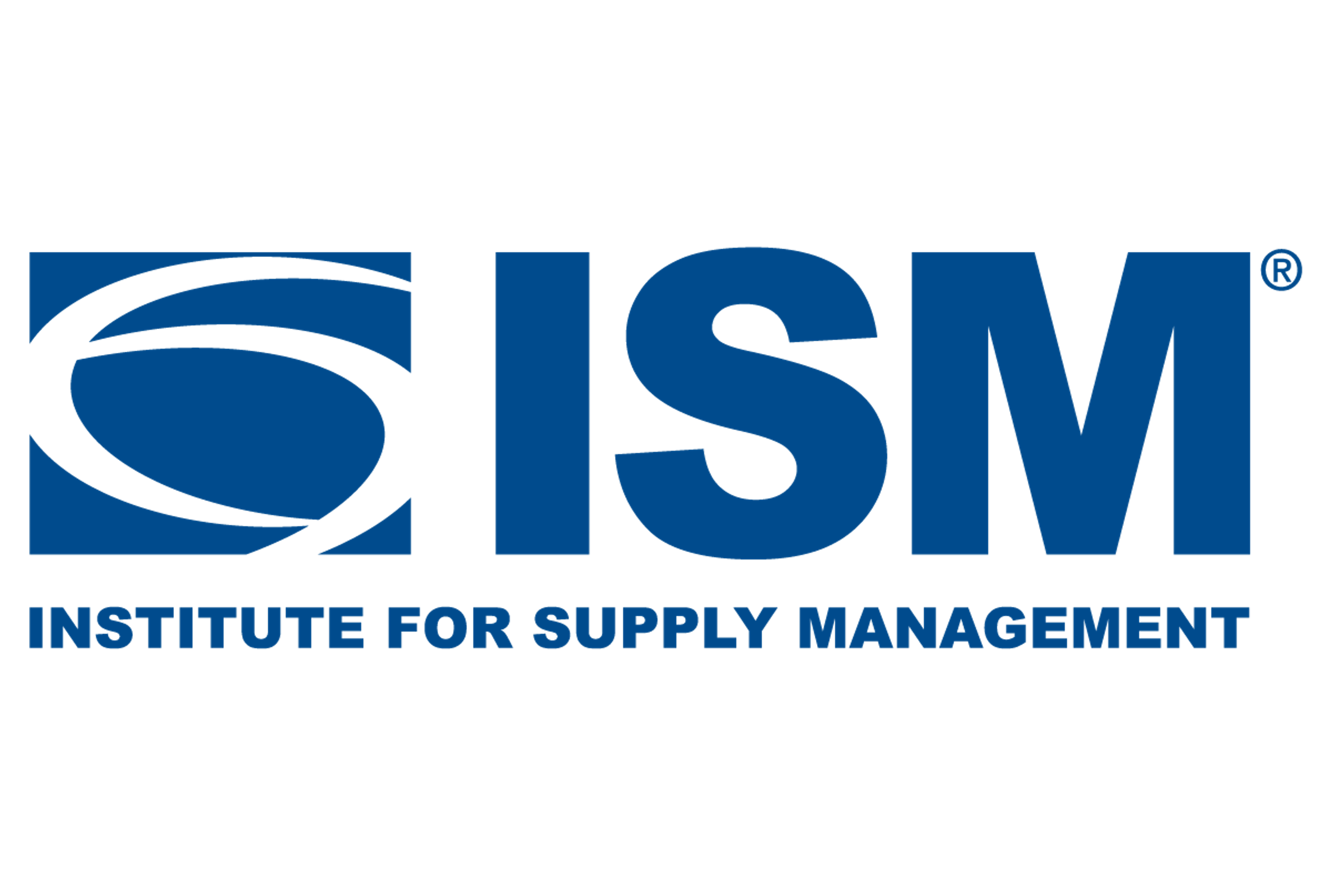Market Data

February 26, 2021
Chicago Business Barometer Falls More Than Expected
Written by Sandy Williams
The Chicago Business Barometer slipped 4.3 points to 59.5 in February, though still above a reading of 50 that indicates expansion, following a 2.5-year high in January.
New orders plunged 11 points to their lowest level since August 2020. Production fell 9.3 points after two months of gains. Business activity at firms in the Chicago area was uneven, said MNI Indicators. Some companies enjoyed strong demand, while others reported a downturn from the pandemic.
Order backlogs were at the highest level since October 2017. Supplier deliveries continued to be challenged, and firms stated that logistical issues required increasing inventory stocks.
Raw material prices increased resulting in slightly higher factory gate prices.
Employment rose to a 16-month high, although the index remained in contraction for a seventh month.
A special question this month revealed that 87.2% of firms were undecided on whether to require employees to be vaccinated.
Below is a graph showing the history of the Chicago Business Barometer. You will need to view the graph on our website to use its interactive features; you can do so by clicking here. If you need assistance logging in to or navigating the website, please contact us at info@SteelMarketUpdate.com.







